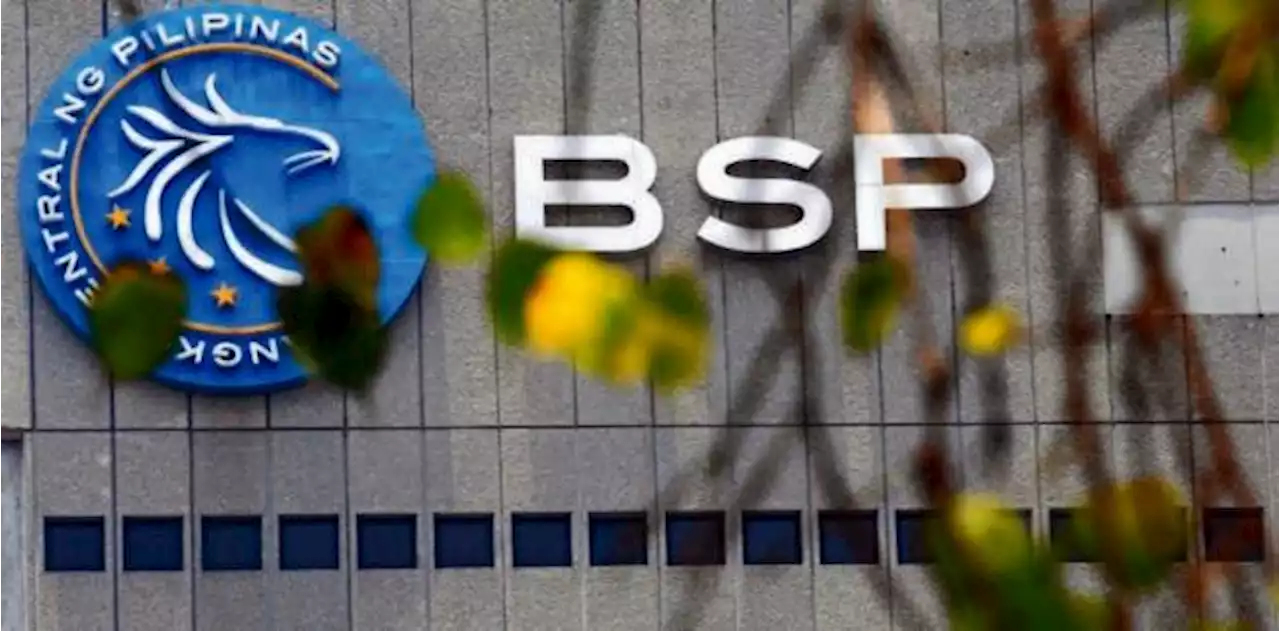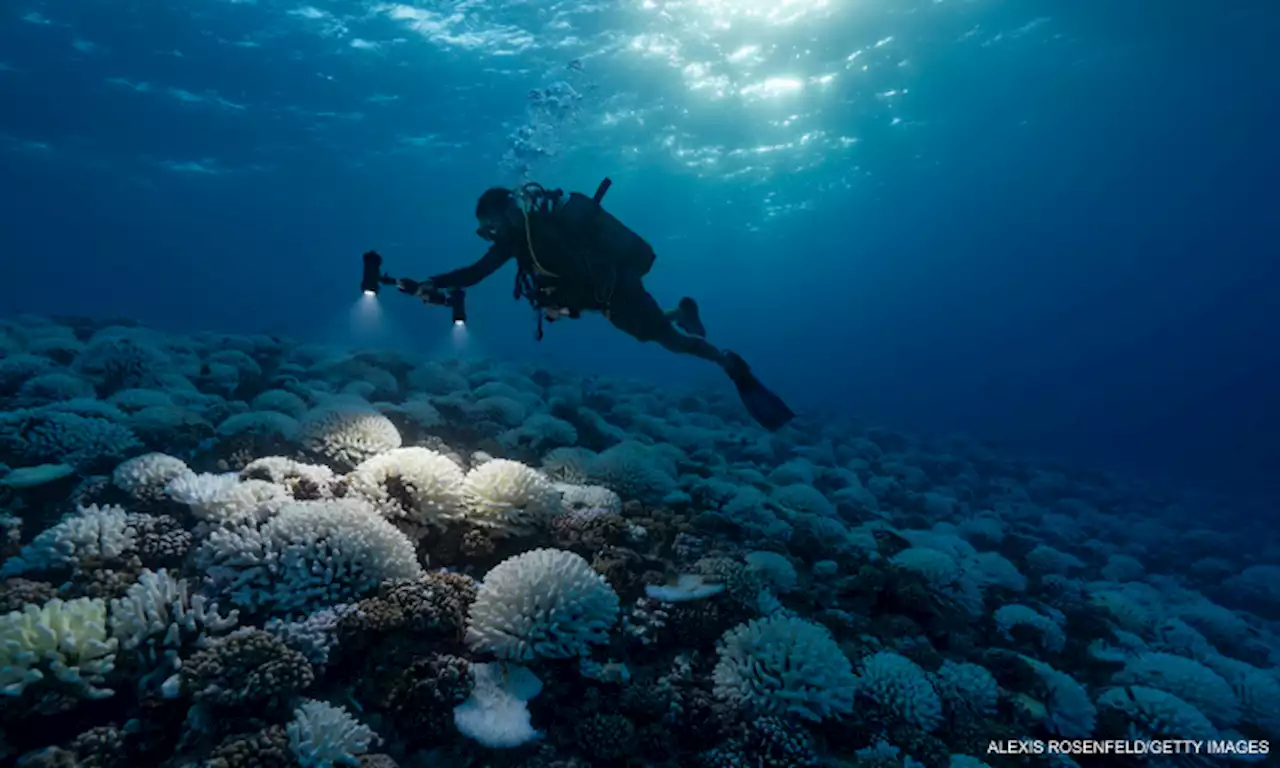The oceans have been record-warm for the past four years, scientists reported in January. Then in mid-March, climatologists noted that global sea surface temperature climbed to a new high.
The incredible trend worries experts about what could lie ahead, especially as forecasts predict El Niño is on its way starting this summer -- and along with it, impacts like extreme heat, dangerous tropical cyclones and a significant threat to fragile coral reefs.
The last three years have still been some of the warmest on record, even with La Niña's cooling effect."We're now switching that off," Professor Adam Scaife, head of long-range prediction at the UK Met Office, told CNN. The world has already seen around 1.2 degrees of warming, as humans continue to burn fossil fuels and produce planet-heating pollution. And despite three years of cooling La Niña, temperatures have soared to dangerous levels.
California already faces potential flood threats this spring, NOAA reported in March, after record-breaking snow fell in the Sierra and torrential rain drenched the rest of the state. The situation on the Colorado River, which provides water for drinking, irrigation and electricity for roughly 40 million people across the Southwest, has been plagued by overuse and a climate change-fueled drought. The water crisis has become so dire that the federal government announced never-before-seen mandatory water cuts in the last two years.
Its recent floods have also increased fears for a particularly destructive bushfire season, as increased vegetation growth could provide fuel for fires as the weather gets drier and hotter. Unlike La Niña, El Niño tends to reduce Atlantic hurricane activity, but creates the opposite effect in the Pacific, where warm waters can fuel more intense typhoons.
When they get too hot, corals will spit out the algae living within their tissue, which provides them with both their color and most of their energy. This causes corals to turn white -- in a phenomenon called bleaching. While they can recover if temperatures eventually cool, bleaching puts them at higher risk of starvation and death.
Philippines Latest News, Philippines Headlines
Similar News:You can also read news stories similar to this one that we have collected from other news sources.
 Philippine inflation likely eased below 8% in March, says BSPThe Bangko Sentral ng Pilipinas says the inflation rate in March may have settled within the range of 7.4 percent to 8.2 percent, suggesting the possibility of posting lower than 8 percent. | RonWDomingoINQ /PDI
Philippine inflation likely eased below 8% in March, says BSPThe Bangko Sentral ng Pilipinas says the inflation rate in March may have settled within the range of 7.4 percent to 8.2 percent, suggesting the possibility of posting lower than 8 percent. | RonWDomingoINQ /PDI
Read more »
 INQ Roundup: Women empowerment takes center stage in MarchThe month of March was replete with news of devastating circumstances, such as the tragic train collision in Greece where 57 people died, which was reported on the first day of the
INQ Roundup: Women empowerment takes center stage in MarchThe month of March was replete with news of devastating circumstances, such as the tragic train collision in Greece where 57 people died, which was reported on the first day of the
Read more »
 BSP expects slower inflation in March within 7.4% to 8.2%In its month-ahead forecast, the BSP said it projected inflation—the rate of increase in the prices of goods and services—to settle within the range of 7.4% to 8.2%.The central bank’s projection is lower than the 8.6% inflation print recorded in February.
BSP expects slower inflation in March within 7.4% to 8.2%In its month-ahead forecast, the BSP said it projected inflation—the rate of increase in the prices of goods and services—to settle within the range of 7.4% to 8.2%.The central bank’s projection is lower than the 8.6% inflation print recorded in February.
Read more »
 BSP forecasts 7.4% to 8.2% March inflationThe Bangko Sentral ng Pilipinas (BSP) said inflation could be lower in March with a forecast range of 7.4 percent to 8.2 percent versus February’s actual 8.6 percent rate. ManilaBulletin
BSP forecasts 7.4% to 8.2% March inflationThe Bangko Sentral ng Pilipinas (BSP) said inflation could be lower in March with a forecast range of 7.4 percent to 8.2 percent versus February’s actual 8.6 percent rate. ManilaBulletin
Read more »
 Catarman, Northern Samar logs 45℃ heat index on March 31The Philippine Atmospheric, Geophysical and Astronomical Services Administration (PAGASA) station in Catarman, Northern Samar recorded the highest heat index observed in the country on Friday, March 31. ManilaBulletin
Catarman, Northern Samar logs 45℃ heat index on March 31The Philippine Atmospheric, Geophysical and Astronomical Services Administration (PAGASA) station in Catarman, Northern Samar recorded the highest heat index observed in the country on Friday, March 31. ManilaBulletin
Read more »
